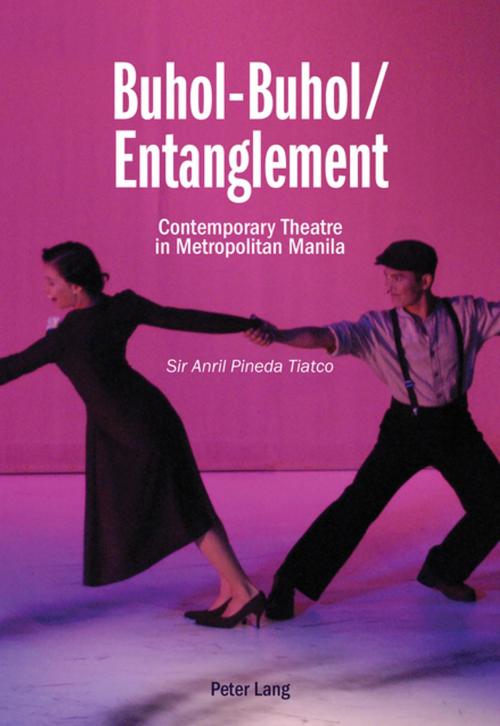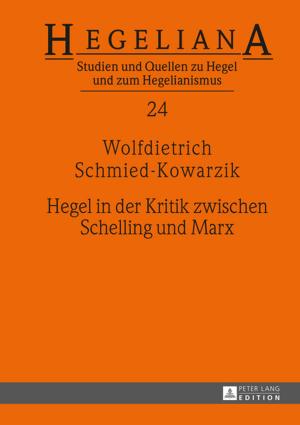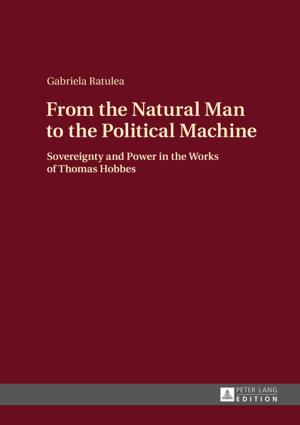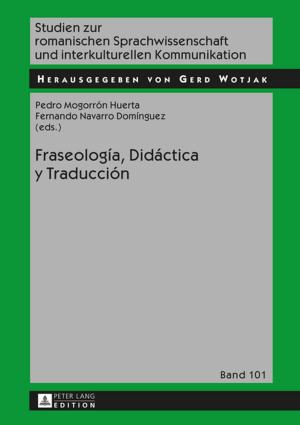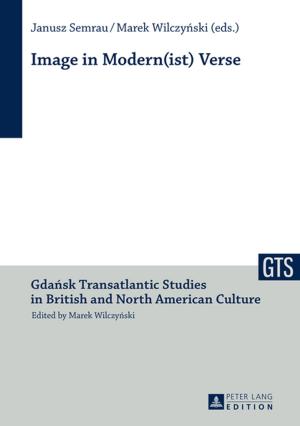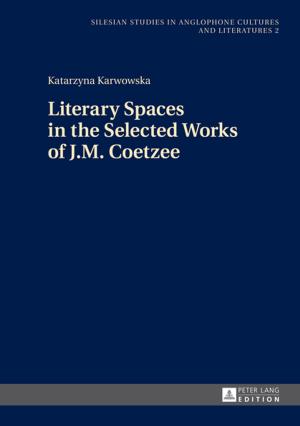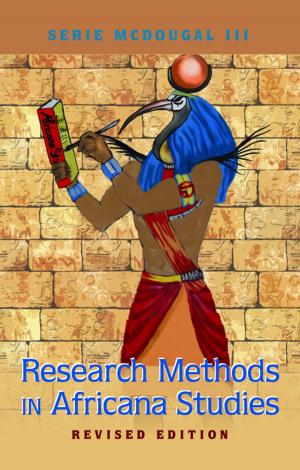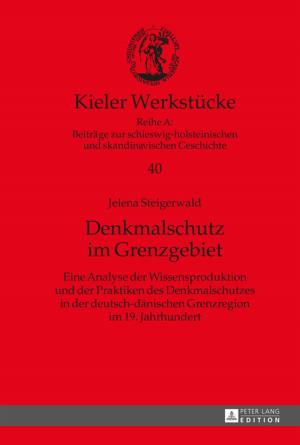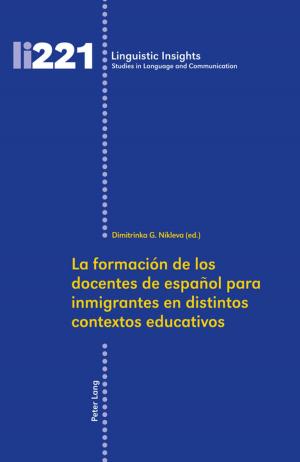Buhol-Buhol / Entanglement
Contemporary Theatre in Metropolitan Manila
Fiction & Literature, Drama, Nonfiction, Entertainment, Performing Arts| Author: | Sir Anril Pineda Tiatco | ISBN: | 9783034327251 |
| Publisher: | Peter Lang | Publication: | June 20, 2017 |
| Imprint: | Peter Lang AG, Internationaler Verlag der Wissenschaften | Language: | English |
| Author: | Sir Anril Pineda Tiatco |
| ISBN: | 9783034327251 |
| Publisher: | Peter Lang |
| Publication: | June 20, 2017 |
| Imprint: | Peter Lang AG, Internationaler Verlag der Wissenschaften |
| Language: | English |
This book proposes entanglement as a useful idiom for understanding the contemporary Manila theatre. Drawing on its Tagalog counterpart, buhol-buhol, entanglement is conceived not only as a juxtaposition among elements, but also as a process of muddling and snaring. Taken together, these affirm the entangled character of contemporary Manila theatre in overlapping representations, histories, relationships and genres, while at the same time marking some problematic limitations in the treatment of chosen subjects by Manilan artists. The reason for this is that while these entanglements render Manila theatre far more complex than the accusations of mimicry and inauthenticity frequently leveled at Filipino culture, artists are often caught up in a more intractable buhol-buhol than they are willing or able to recognize. Four figures of buhol-buhol are identified in this book: pista (fiesta), kapuluan (archipelago), patibong (trap), and nangingibang-bayan (overseas-worker). In conceptualizing these figures of entanglement, the discussions start by illustrating their materiality and performativity before proceeding to reflections about how these are directed towards the complexity of Manila theatre.
This book proposes entanglement as a useful idiom for understanding the contemporary Manila theatre. Drawing on its Tagalog counterpart, buhol-buhol, entanglement is conceived not only as a juxtaposition among elements, but also as a process of muddling and snaring. Taken together, these affirm the entangled character of contemporary Manila theatre in overlapping representations, histories, relationships and genres, while at the same time marking some problematic limitations in the treatment of chosen subjects by Manilan artists. The reason for this is that while these entanglements render Manila theatre far more complex than the accusations of mimicry and inauthenticity frequently leveled at Filipino culture, artists are often caught up in a more intractable buhol-buhol than they are willing or able to recognize. Four figures of buhol-buhol are identified in this book: pista (fiesta), kapuluan (archipelago), patibong (trap), and nangingibang-bayan (overseas-worker). In conceptualizing these figures of entanglement, the discussions start by illustrating their materiality and performativity before proceeding to reflections about how these are directed towards the complexity of Manila theatre.
